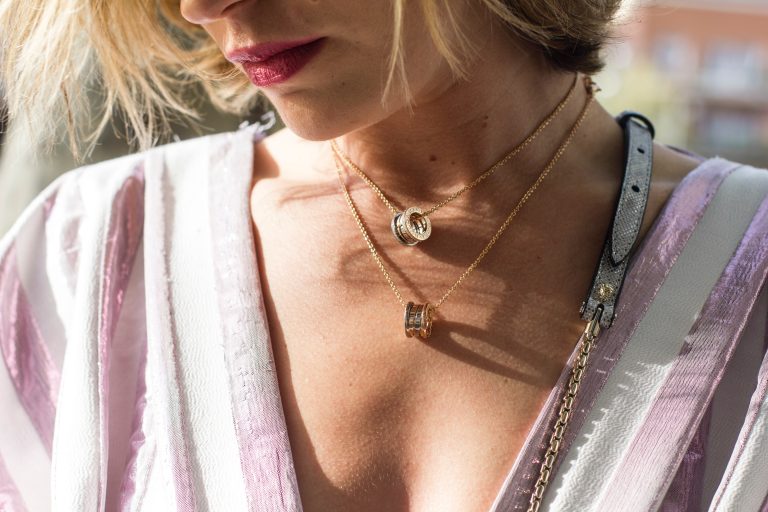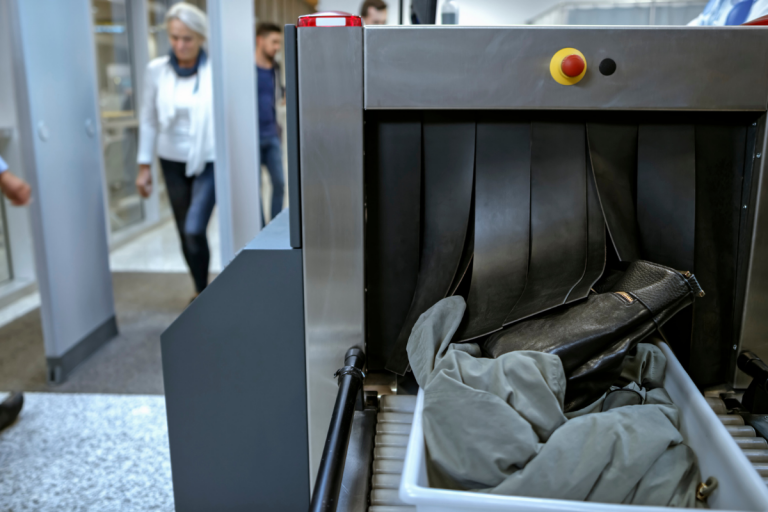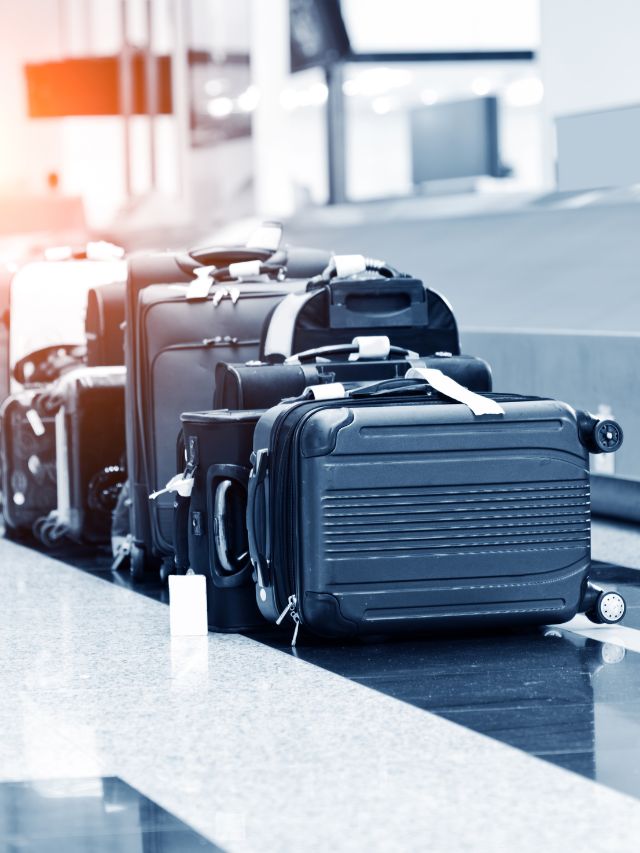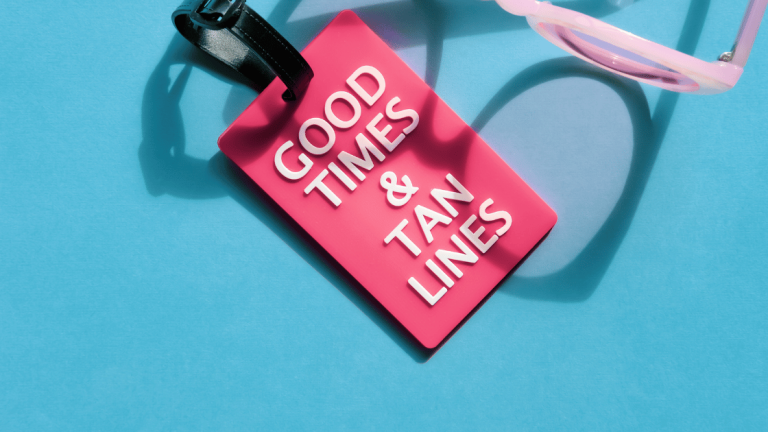How Much Is 100 ML? Packing Liquids for Travel
When traveling by plane, it is crucial to understand the rules set by the Transportation Security Administration (TSA) regarding liquids in carry-on baggage.
In this comprehensive guide, we will delve into the specifics of 100 ml measurements, conversions, and offer practical advice on packing liquids for travel.
Stay informed to ensure a smooth airport experience and hassle-free travels.
Understanding TSA Liquid Rules
To comply with TSA regulations, passengers are allowed to bring a quart-sized bag containing containers of liquids, gels, aerosols, pastes, and creams in their carry-on baggage.
It is essential to note that each individual container must be 100 milliliters or less.
Containers larger than this must be placed in checked baggage, regardless of the amount of liquid they contain.
These guidelines are commonly referred to as the 3-1-1 rule.
Now you may be asking yourself: “Wait a minute, but how do I know how much 100 milliliters is?
“Also, what does it look like, how much is it in ounces, and what liquids can I pack in my carry-on?”.
Worry not – we are here to help you.
We will answer all these questions below.
How Much Is 100 ML?
To help you visualize and understand 100 ml measurements, let’s explore various conversions:
- 100 ml equals 3.4 fluid ounces. This conversion is important as the TSA guidelines often refer to the maximum allowance in ounces.
- In grams, 100 ml is equivalent to 100 grams. This conversion is straightforward, as one milliliter of water weighs precisely one gram.
- When comparing 100 ml to cups, it is helpful to know that 3.4 fluid ounces (or 100 ml) is less than half of one U.S. measuring cup (8 fluid ounces).
- Visualizing 100 ml can be done by imagining two miniature bottles of gin or whisky, typically holding 50 ml each. Additionally, 100 ml is less than one-third of a standard 12-ounce soda can (355 ml).
Selecting Travel Containers
For frequent travelers, investing in proper travel containers is more cost-effective and environmentally friendly than buying new travel-sized toiletries for each trip.
Consider the following when choosing travel containers:
- Ensure your travel containers comply with TSA regulations. Meaning they do not exceed 100 ml capacity.
- Ensure they are leakproof to prevent any spills or accidents during travel.
- Opt for a set of containers that includes different sizes. While 100 ml bottles are ideal for most toiletries, packing smaller quantities saves space when you don’t need the full 100 ml allowance.
Liquids Allowed In Carry-On
Here are some common liquids you may want to pack in your carry-on baggage:
- Toothpaste: Regular toothpaste tubes usually do not exceed the 100 ml limit. You could even get away with 110 ml toothpaste, as I did a couple of times. Not on purpose though. However, considering the adequate amount needed for a trip, you can use smaller-sized travel containers for toothpaste.
- Mouthwash: An individual normally uses approximately 20 ml of mouthwash per cleanse, so a 3.4-ounce bottle of this product will only be enough for 5 uses.You should probably consider buying Listerine Ready tabs.They are solid, so you won’t have to worry about calculating how many ounces or ml of liquids you will be allowed to bring on the plane with you.
- Shampoo: Evaluate your usage before traveling to estimate how much shampoo you’ll need. On average, a 100 ml bottle of shampoo lasts for approximately ten washes. Adjust your packing accordingly, or consider solid shampoo bars as a convenient alternative.
- Body wash: Consider packing a soap bar in your hand baggage as an alternative to body wash.
- Sunscreen: A single 100 ml container of sunscreen may not be sufficient for longer trips. If possible, pack sunscreen in your checked baggage. Alternatively, opt for solid sunscreen, which doesn’t need to be included in the quart-sized bag and allows you to bring enough for your trip.
- Cosmetics: While solid cosmetics and powdered products have no quantity restrictions, liquids such as foundation, mascara, moisturizer, and lip gloss fall under the TSA liquids rule. Pack them in 100 ml containers within your quart-sized bag.
- Deodorant: Stick deodorants have no size restrictions and don’t need to be placed in the quart-sized bag. However, roll-ons, cream, gel deodorants, and perfume sprays must comply with the 100 ml limit.
- Perfume: fragrance samples vary in size from 0.03 oz to 0.10 oz, or 1 ml to 3 ml. So if you can’t live without perfumes, it is a great idea to buy some samples and pack them in your carry-on baggage.
Final Thoughts and Additional Resources
We hope this guide has provided you with a clear understanding of 100 ml bottle size rules and how to pack your toiletries while complying with TSA guidelines.
Depending on your needs, consider checking in your baggage if you require additional cosmetics and toiletries.
Remember that liquid rules for checked luggage differ from those for carry-on baggage.
By staying informed and using appropriate travel containers, you can confidently bring along all necessary liquids for your next trip, ensuring a smooth and enjoyable journey.
For further information on packing for travel, check out our recommended articles:
- 10 Items That Travelers Always Ask TSA About
- Can You Bring A Water Bottle On A Plane?
- Can You Wear Jewellery Through Airport Security?
- How To Pack A 7kg Carry On Luggage?
- What To Do With Old Luggage?
- 12 Long Haul Flight Essentials For A Comfortable Journey
- Minimalist Packing List For Female Travelers





